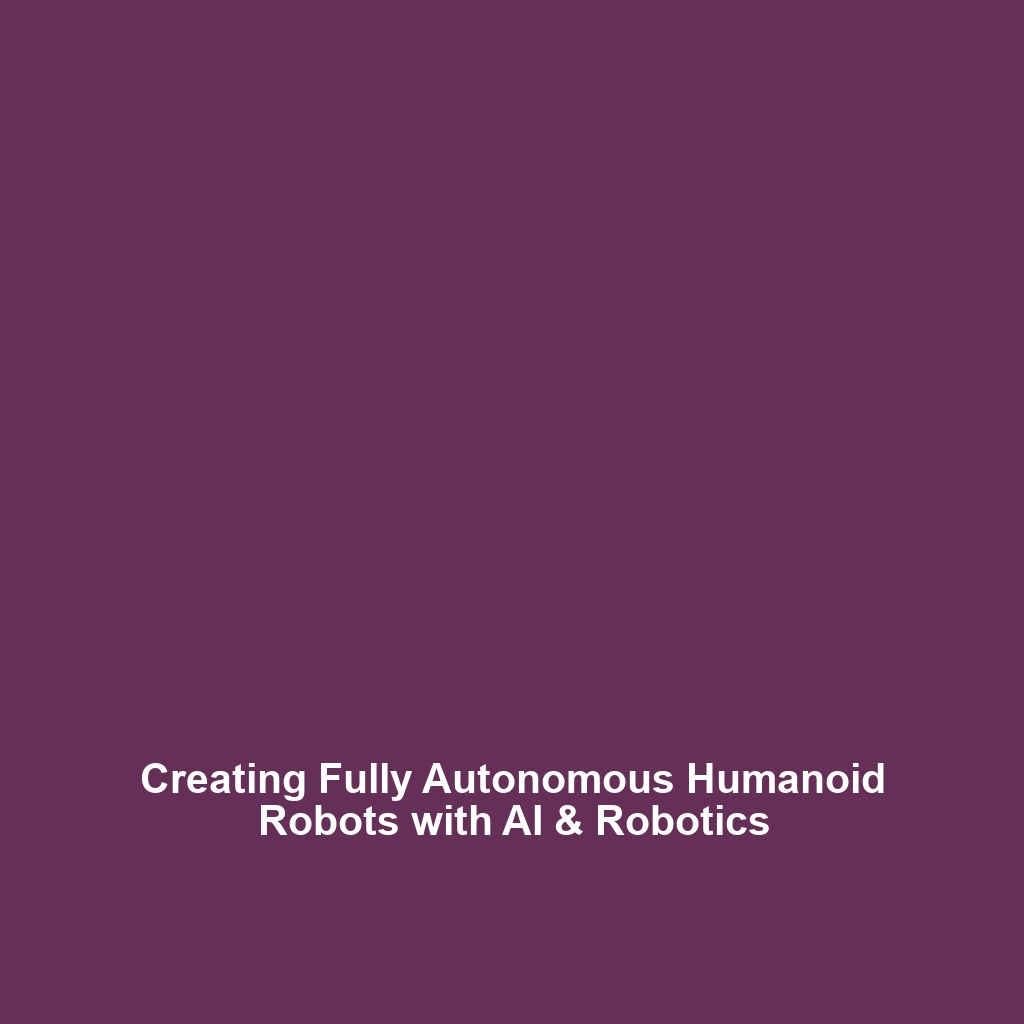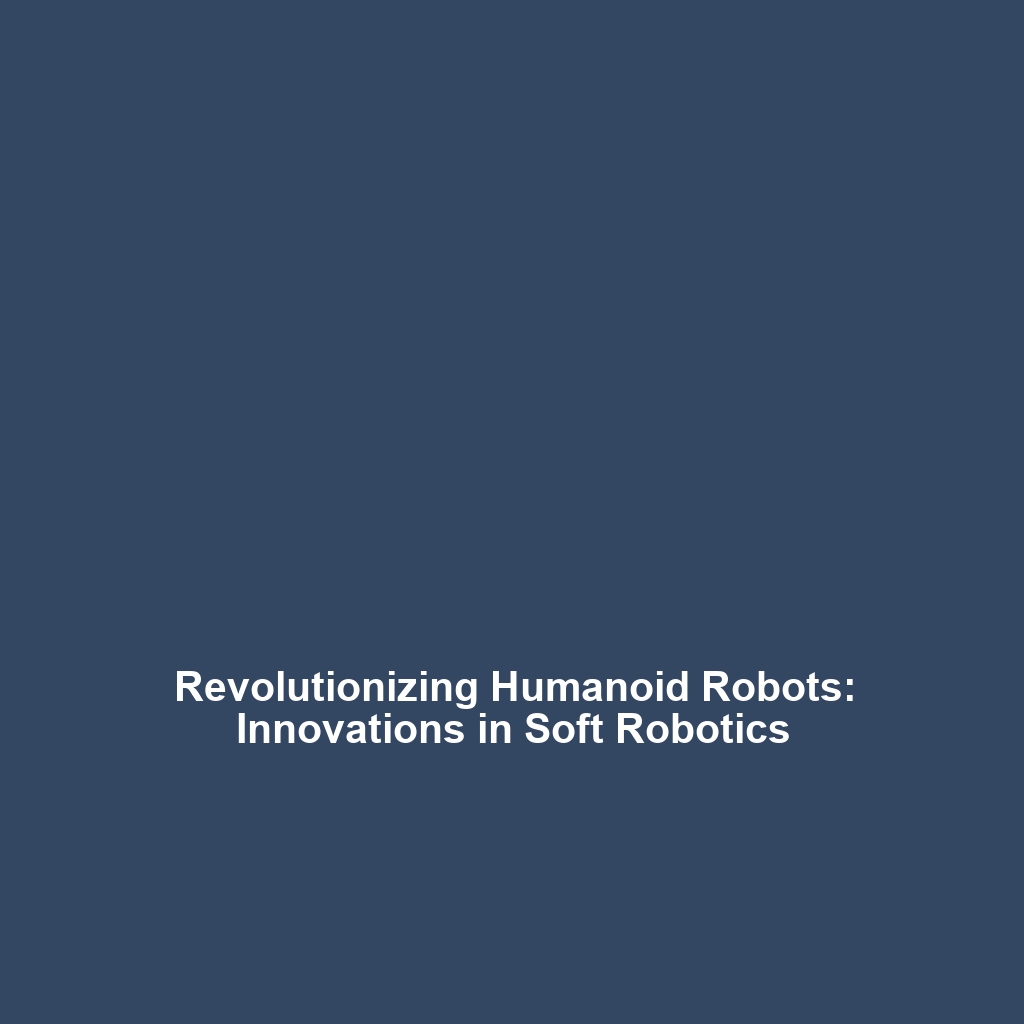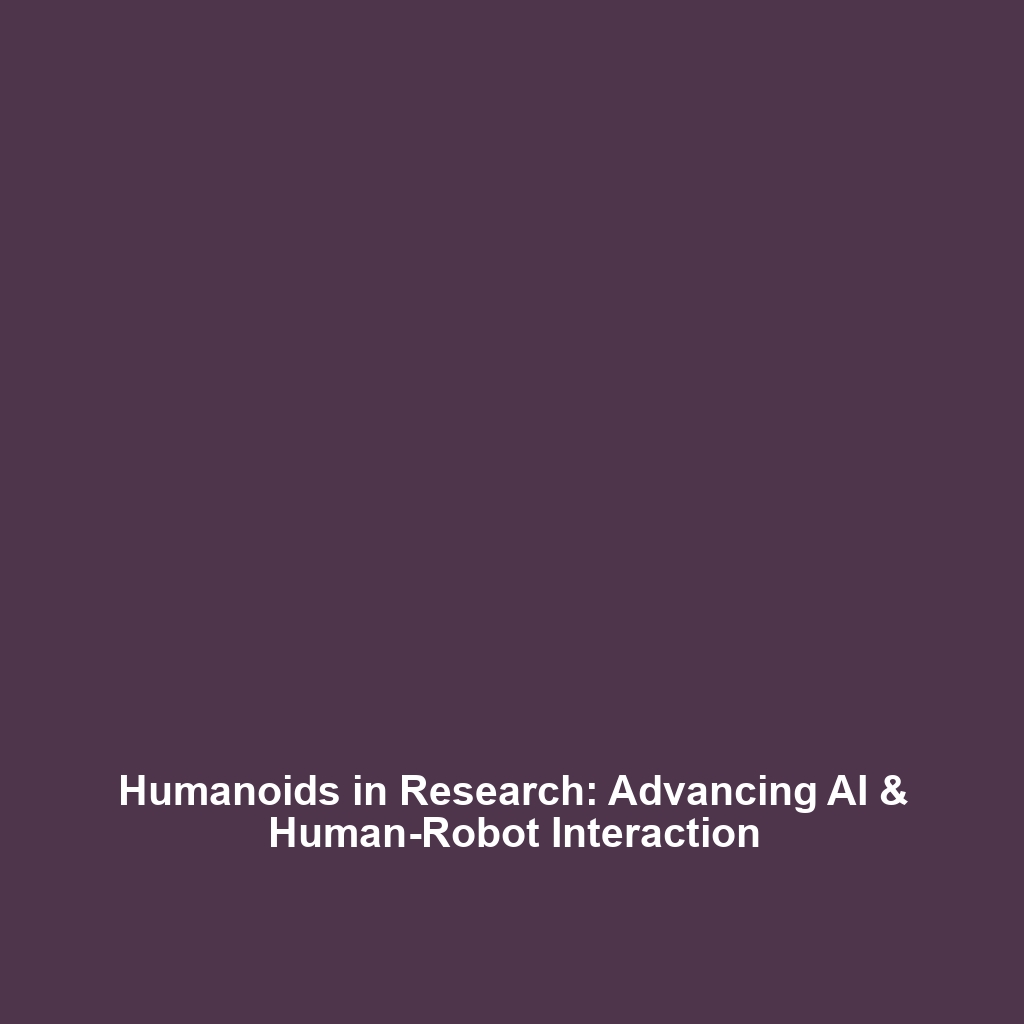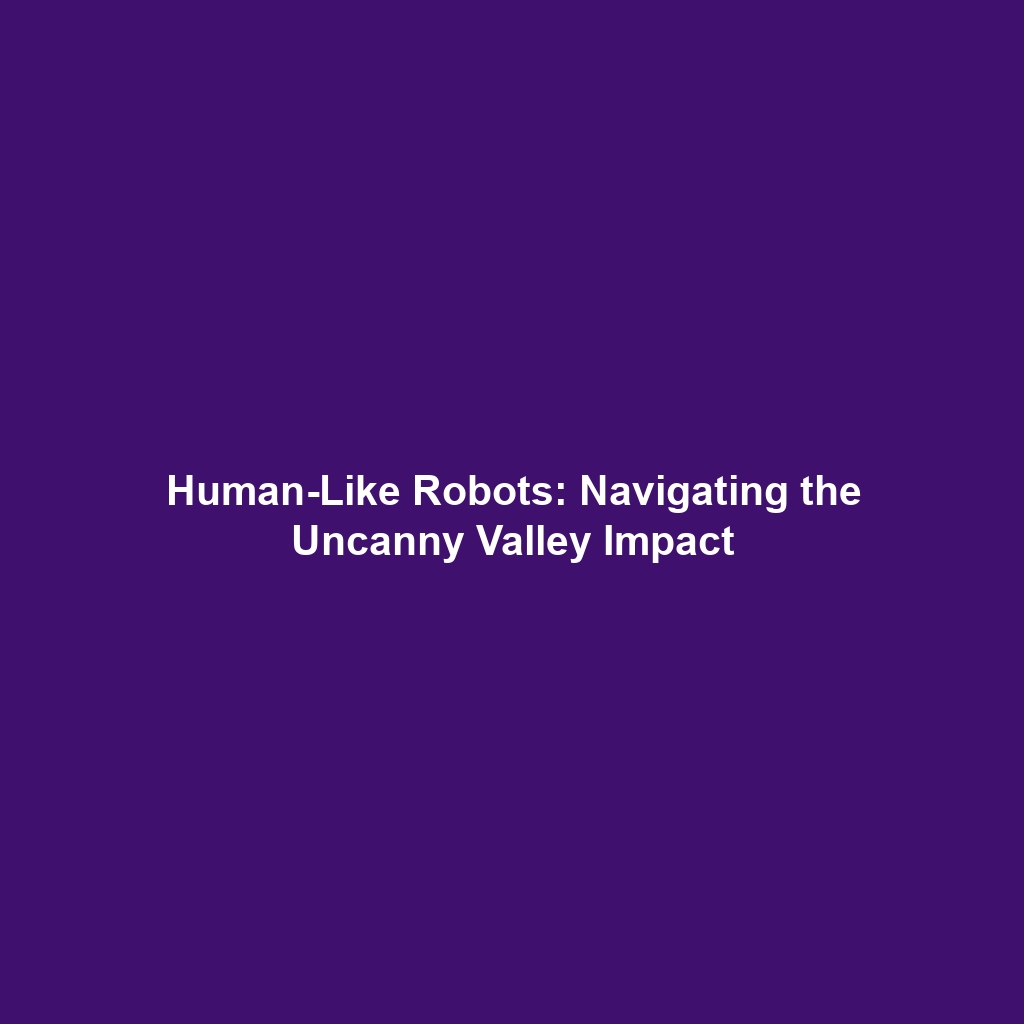Integration of AI, Machine Learning, and Robotics to Create Fully Autonomous Humanoid Robots
The integration of artificial intelligence (AI), machine learning, and robotics signifies a groundbreaking step towards creating fully autonomous humanoid robots. These advancements not only enhance the functionality and autonomy of robots but also pave the way for their integration into daily life, transforming industries such as healthcare, manufacturing, and education. In this article, we delve into the significance of these technologies in the realm of humanoid robotics, examining their applications, challenges, and future possibilities.
Key Concepts
Understanding the integration of AI, machine learning, and robotics is essential to grasp the evolution of humanoid robots. Here are the major concepts:
Artificial Intelligence (AI)
AI enables humanoid robots to perform tasks that typically require human intelligence, such as reasoning, learning, and problem-solving.
Machine Learning
Machine learning is a subset of AI that allows robots to learn from data inputs, improving their functions and responses through experience.
Robotics
Robotics encompasses the design, construction, operation, and use of robots, focusing on how they interact physically with their environment.
Applications and Real-World Uses
The integration of these technologies leads to various applications of AI, machine learning, and robotics in humanoid robots. Key real-world uses include:
- Healthcare: Autonomous humanoid robots can assist in patient care, rehabilitation, and surgery.
- Education: Humanoid robots serve as tutors or learning aids, providing interactive educational experiences.
- Manufacturing: They improve efficiency and safety by performing complex tasks alongside human workers.
Current Challenges
Despite the promising advancements, several challenges and limitations remain in the study and application of AI, machine learning, and robotics in humanoid robots:
- Technical Limitations: Current technology may not yet achieve the nuanced human-like interactions desired.
- Ethical Concerns: The implications of autonomous robots in society raise ethical considerations regarding surveillance and privacy.
- Safety Issues: Ensuring the safety of humanoid robots in unpredictable environments is critical.
Future Research and Innovations
The future of humanoid robots promises exciting research and innovations. Key areas of focus include:
- Improved Machine Learning Algorithms: Enhanced algorithms will allow robots to adapt more effectively to their environments.
- Human-Robot Interaction: Research is developing better methods for natural communication between humans and robots.
- Integration of Advanced Sensors: Sensors will provide robots with better awareness, enabling more precise actions and interactions.
Conclusion
In conclusion, the integration of AI, machine learning, and robotics plays a crucial role in creating fully autonomous humanoid robots. These advancements not only enhance functionality but also present new opportunities and challenges within the field. As research progresses, the impact of humanoid robots on various industries will likely expand. For those interested in further exploring this topic, consider reading more about the latest innovations in robotics and AI here.









